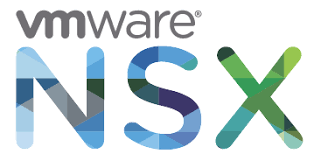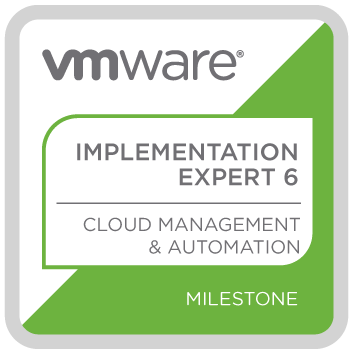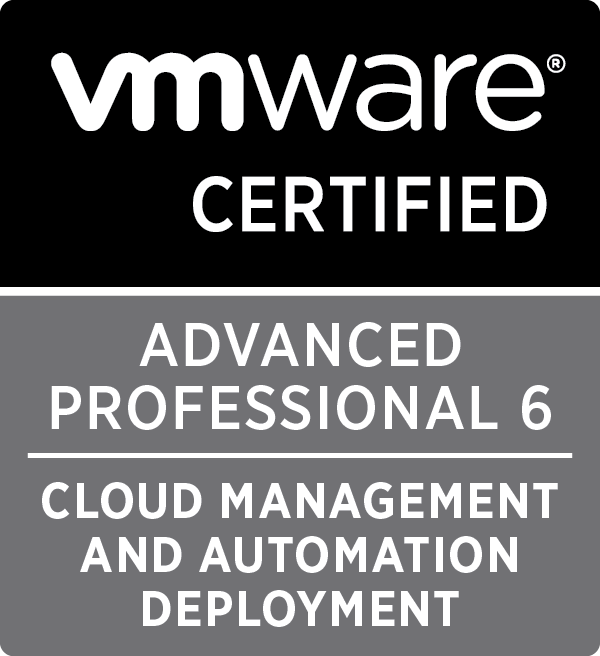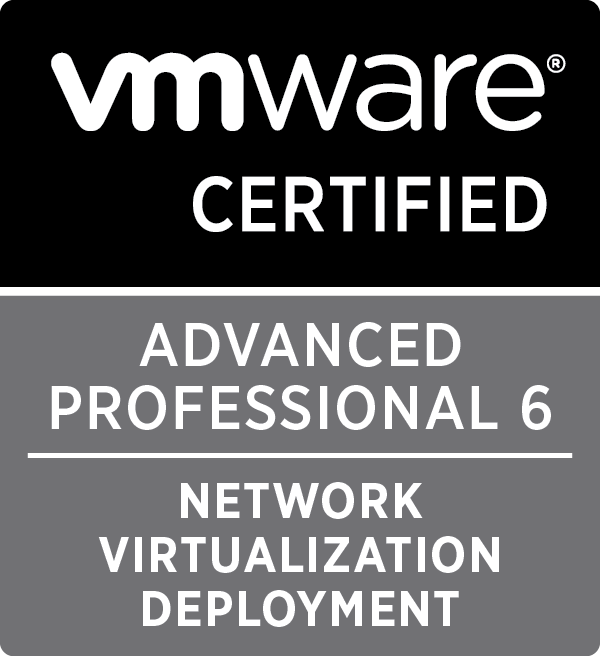Tag : VMware

Written by Christopher Lewis on July 27, 2017 .
In this post, we will look at how to deploy the VMware NSX Controllers in the NSX environment. Remember that the deployment of NSX Controllers are not required if the use case is just for the deployment of the Distributed Firewall (DFW).

Written by Christopher Lewis on July 21, 2017 .
Today marks another “milestone” in my personal certification journey. Following the successful completion of the VCAP6-CMA Deploy exam, I can now call myself a VMware Certified Implementation Expert 6 - Cloud Management and Automation

Written by Christopher Lewis on July 21, 2017 .
I received notification this morning that I passed the 3V0-633 VMware Certified Advanced Professional 6 - Cloud Management and Automation - Deploy Exam

Written by Christopher Lewis on July 18, 2017 .
In this post we cover VCAP6-CMA Deploy - Objective 5.3: Create/Modify/Execute a vRealize Orchestrator Workflow.
VMware vRealize Automation vRealize Application Services VCAP6 VCAP6-CMA

Written by Christopher Lewis on July 17, 2017 .
So you have deployed and configured the VMware NSX Manager Virtual Appliance, deployed the VMware NSX Controller(s) and goto Host Preparation and click Install to prepare your hosts. Then you get an error message to say you do not have the right license… did you forget something?
- Introducing the Super Metrics Repository
- Creating Super Metrics for Counting Ascendent/Descendent Object Metrics in a List View
- Creating a Custom Resource Action - Part 1: Getting Started & API Discovery
- Operating a Private Cloud - Part 3: Creating a Pricing Card in VMware Aria Automation
- Operating a Private Cloud - Part 2: Creating a Pricing Card in VMware Aria Operations

